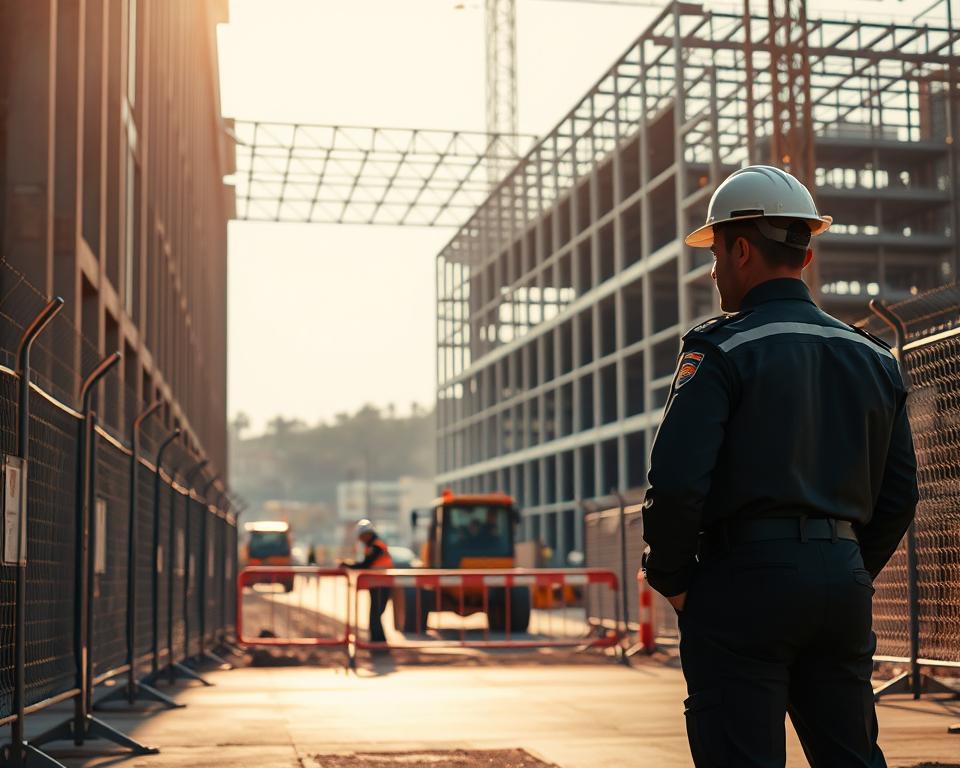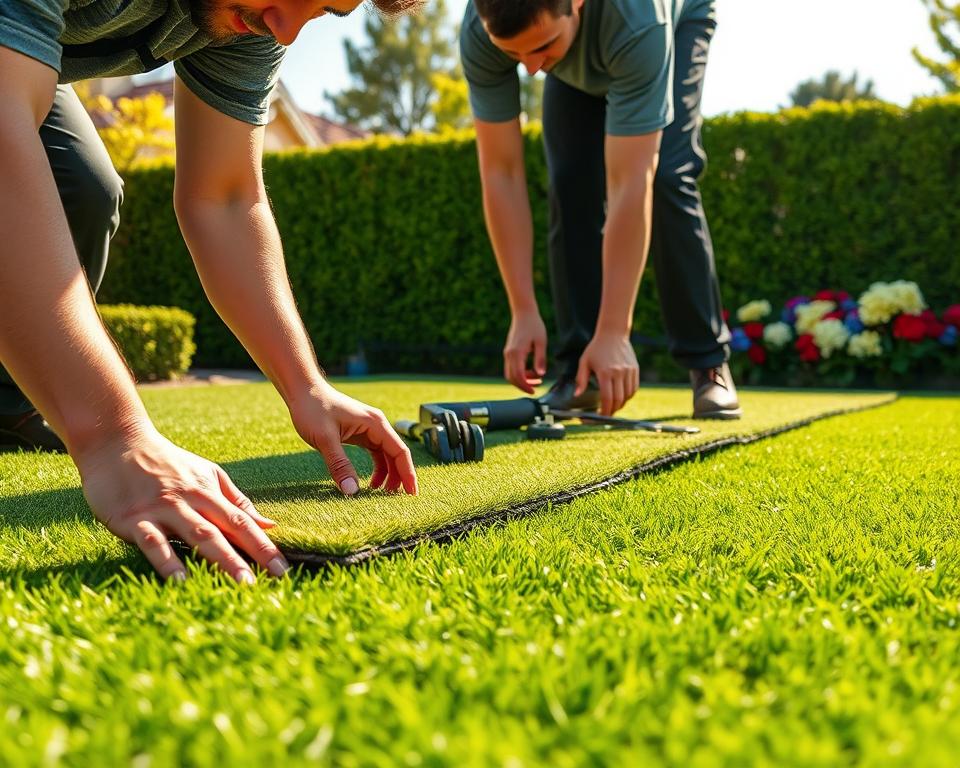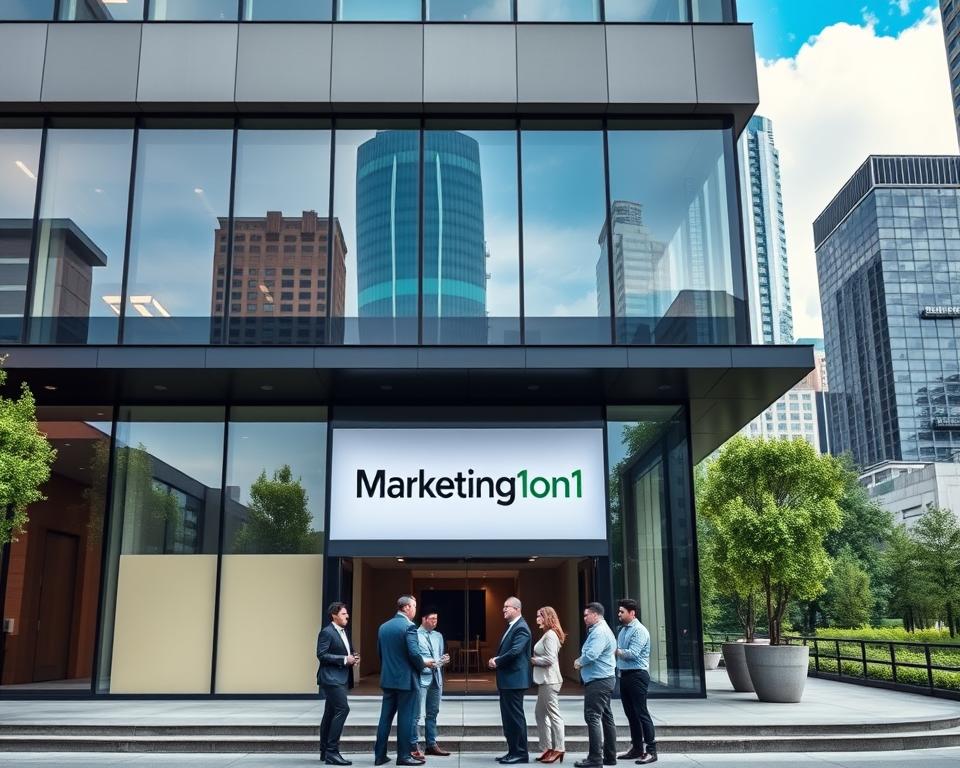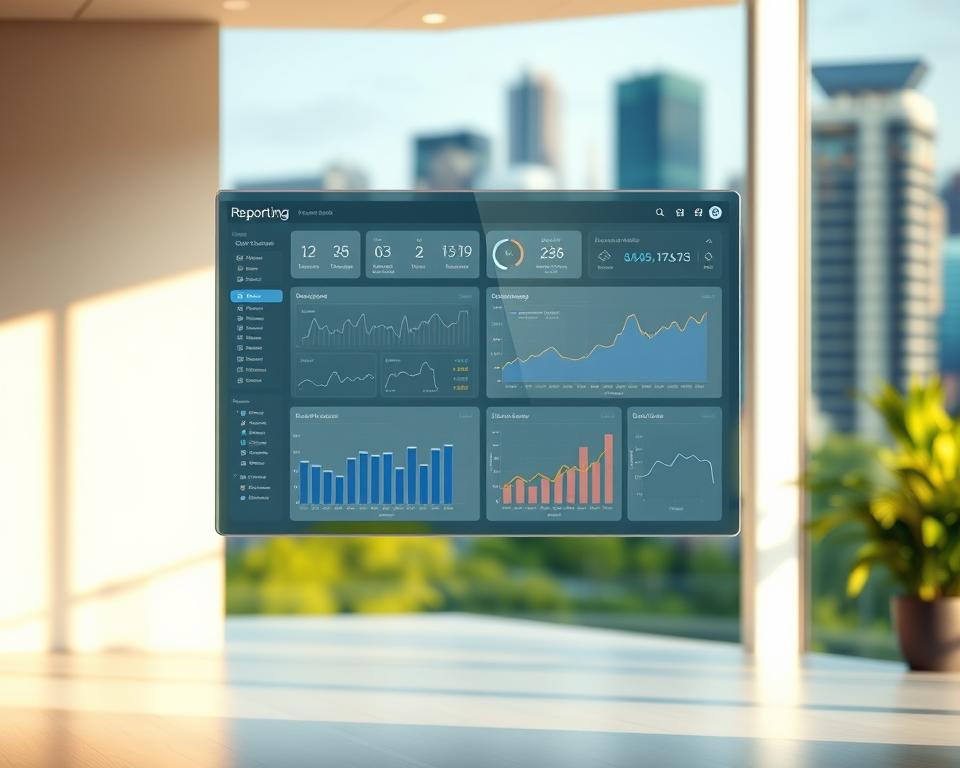Top Scottsdale SEO Firm to Elevate Your Enterprise
Did you realize that companies collaborating with a leading Scottsdale SEO firm may achieve a staggering +86.65% boost in organic earnings? Within today’s cutthroat Digital arena, robust SEO techniques are absolutely critical. Since companies in Scottsdale aim to improve their web presence, picking the leading Scottsdale SEO agency is paramount to maintain their competitive edge.
This piece reviews prominent Scottsdale SEO companies, highlighting their distinct services and verified success in elevating digital visibility. With a focus on tailored solutions, access to professional services, and a commitment to transparency, choosing an ideal Scottsdale SEO firm can offer the advantage companies require to flourish with SEO agency.
Amid the dynamic Scottsdale marketing environment, SEO services are key for business growth. Powerful SEO techniques enhance web presence through superior search placements. Such efforts greatly amplify brand awareness. Enterprises draw in specific audiences through precise keyword targeting and localized SEO, connecting with genuinely interested buyers.
Higher conversion rates often follow, with businesses investing in engaging content and site optimization. Smooth navigation and user-friendly design convert more visitors into clients. Optimized local SEO ensures inclusion in Google’s Local Pack, enabling Scottsdale consumers to locate services effortlessly.
Advanced keyword research drives relevant traffic and improves organic rankings. Content and technical refinements, including meta descriptions and structured site layout, boost search engine prominence. High-quality content marketing addresses user queries, extends dwell time, and solidifies brand authority.
Leveraging more than 15 years in Scottsdale’s competitive field, SEO specialists provide an array of services. These include keyword strategy, on-site optimization, content development, backlink building, and analytics tracking. Their customer-centric model, free of binding commitments, fosters reliability and adaptability. These bespoke digital marketing approaches are critical for companies striving to thrive in Scottsdale’s cutthroat environment.

What Makes the Best Scottsdale SEO Company?
Premier Scottsdale SEO agencies excel by exhibiting crucial characteristics. Proven expertise is paramount, since established agencies comprehend local dynamics. They demonstrate success through client feedback and case studies. Personalized tactics are necessary; addressing each company’s specific demands produces focused success.
Client-centric service is a hallmark. Agencies that value open communication and support build lasting relationships. Their portfolio spans local search term analysis, material development, and responsive design. Resulting in sites that are both easy to navigate and engaging.
Utilizing ethical SEO methods promotes enduring progress. Sophisticated measurement systems gauge effectiveness. Attention to site accessibility along with regional optimization is essential. High-quality backlinks and authority boost search rankings.
Regular updates to SEO strategies based on performance data are vital. Guaranteeing that strategies stay potent and timely amid Digital shifts. Integrating regional references, listing in directories, and following SEO best practices augments results. Top Scottsdale agencies use advanced tools to help local businesses succeed online.
Leading Scottsdale SEO Firm: Marketing1on1
Marketing1on1 stands as a top Scottsdale SEO firm, acclaimed for its expert SEO solutions. These services are crafted to boost the online presence of businesses. Their strategy centers on personalized plans that address individual business targets. Keyword optimization and local search strategies are key, aimed at improving search rankings and driving targeted traffic.
Mobile-friendly website design is a priority for Marketing1on1, ensuring websites function well on all devices. Rigorous assessments confirm that websites are both accessible and intuitive. From the planning phase to post-launch, Marketing1on1 offers ongoing support for a seamless transition and sustained success.
Marketing1on1 commits to enhancing enterprise exposure via multiple tactics. These include effective keyword research, content optimization, and technical SEO enhancements. The creation of engaging content is essential for attracting organic traffic. Examining rival tactics provides a strategic advantage.
They implement region-specific SEO techniques for enterprises in locations such as Mableton.
Such an approach increases digital exposure and draws in neighborhood clients. The experts continually refresh their knowledge to keep SEO tactics current. Methods including link acquisition and fine-tuning meta data and URLs greatly elevate organic search positions.
| Offering |
Details |
| Search Term Analysis |
Identifying high-performing keywords to target for optimal SEO results. |
| Material Enhancement |
Creating and refining content to engage users and improve visibility. |
| Site Optimization |
Optimizing backend elements like speed and responsiveness to improve performance. |
| Local SEO |
Strategies focused on increasing visibility in specific geographic areas. |
| Link Acquisition |
Generating high-caliber links to boost authority and organic ranking. |
In the dynamic world of digital marketing, Scottsdale stands out with a wide range of SEO services. These include local SEO, on-page optimization, technical SEO audits, content marketing, and strategic link building. Each service is critical, ensuring businesses boost their online presence effectively.
Local SEO is key for businesses aiming at a specific local audience. It helps them show up in local search results. On-page optimization, through techniques like meta tags and keyword placement, improves search rankings. Consistent audits monitor website health and offer enhancements to maintain best practice conformity.
Acquiring quality links is critical to establish site authority and trust with search systems. Firms in Scottsdale, such as Thrive Internet Marketing Agency, deliver comprehensive services. Customizing strategies for individual requirements is their forte. With a team skilled in various SEO areas, businesses can leverage these services for substantial growth.
| Category |
Description |
Advantages |
| Local SEO |
Optimizes for local search queries |
Greater exposure to regional audiences |
| Page-Level SEO |
Refines site components to improve SEO performance |
Better engagement and higher ranking |
| Technical Evaluations |
Examines site health and adherence to best practices |
Provides actionable insights for ongoing improvement |
| Backlink Development |
Generates reputable inbound links for better rankings |
Higher search engine rankings and traffic growth |
Local Scottsdale Business Triumphs
Scottsdale’s business success stories often highlight the real impacts of effective SEO strategies. They show how local growth can be achieved through tailored services.
For example, Write2Market saw an impressive 29% boost in site visitors over one month following enhancements to on-page SEO. By focusing on title tags and meta descriptions, they optimized their presence online. Resulting in a jump in daily inquiries from 1-2 to 4-5.
Vayu Media, renowned for its broad spectrum of SEO and social marketing services, moved to Scottsdale to boost local SEO performance. Their efforts paid off as they attained the top ranking on Google for competitive keywords like Scottsdale SEO Company and SEO services Scottsdale, with TAG attesting, “Our search results improved markedly after engaging Vayu Media”.
Similarly, Koch Equipment realized substantial gains through an enhanced online presence that boosted revenue. Their improved online presence allowed them to rank highly for relevant keywords, such as Scottsdale bridal jewelry. This case exemplifies the tangible outcomes that come from strategic SEO efforts.
Social media marketing has also played a vital role in building backlinks and boosting visibility for many businesses. Businesses such as Himalaya Sewa Expedition garnered affirming testimonials thanks to efficient digital tactics. In one testimonial, a client expressed, “Yes absolutely. Yes, extremely. Yes. They made every effort to ensure I was satisfied”.
Leading Scottsdale SEO Firm: Loopex Digital
Loopex Digital stands out as a premier Scottsdale SEO firm, recognized for its extensive service offerings. Their expertise covers on-page optimization, strategic content planning, regional SEO, and backlink generation. They have markedly increased digital exposure for companies in Scottsdale. With a 5.0 Clutch rating from 58 reviews, their dedication to client success is clear.
Core Service Philosophy and Customer Methodology
Loopex Digital’s experts develop tailored plans for every customer. They believe that customized attention is critical for impactful SEO. They concentrate on securing authoritative backlinks to elevate search rankings. Their focus on cultivating enduring relationships through open dialogue establishes them as a dependable partner.
Cost Structure and Affordability
Their pricing structure ensures that quality SEO is accessible to companies of all sizes. Rates vary between $25 and $49 hourly, providing a mix of excellence and value. This allows companies of all sizes to get tailored SEO services. Their dedication to quality, openness in pricing, and excellent customer rapport confirms them as a preferred option for Scottsdale enterprises.
Searchbloom: A Leader in Scottsdale SEO
Searchbloom is a top choice for businesses looking for effective SEO services in Scottsdale. Their commitment to excellence has made them a leading SEO agency in Scottsdale. They have built a reputation for achieving quantifiable outcomes in SEO. Clients often share positive feedback, highlighting the company’s impact on their search rankings and conversion rates.
Client Satisfaction and Results
Searchbloom boasts a remarkable Clutch rating of 5.0, with client testimonials showing their dedication to results. Their comprehensive offerings include regional SEO, nationwide optimization, eCommerce strategies, and pay-per-click services. Their clientele spans sectors including law, automotive, and retail, partnering with notable brands like Divvy and Suse.
Employing a metric-based strategy, they emphasize customer acquisition and optimal ROI. Their performance has secured them recognition as one of the top 50 SEO agencies nationwide. They apply the A.R.T. system—focusing on Authority, Relevance, and Technology—to achieve impressive results.
| Component |
Details |
| Firm Size |
10-49 employees |
| Base Cost |
\$1,500+ per month |
| Hourly Rate |
Between \$100 and \$149 |
| Google Rating |
4.8 out of 5 |
| Awards |
Top SEO Company by Clutch |
Their dedication to bespoke, people-oriented tactics is evident in the impressive outcomes achieved.
M16 Marketing: Pioneers of Digital Innovation
M16 Marketing stands as a foremost Digital marketing firm in the Scottsdale region. It is known for its cutting-edge SEO strategies, delivering comprehensive services that encompass national and local SEO, site development, and social platform marketing. They use advanced technologies and customized solutions to drive growth and increase visibility for their clients.
Their service fees range from \$2,400 up to more than \$250,000, enabling companies of every scale to benefit from their Scottsdale SEO proficiency. Thus, firms across the spectrum can harness their diverse capabilities.
Client feedback reinforces M16 Marketing’s reputation for improving online presence and business growth. The agency is dedicated to building long-term partnerships. Their approach centers on tailored tactics that fulfill unique client ambitions. This focus on customer-specific strategies differentiates them within the Digital marketing industry.
Industry Honors for Top Scottsdale SEO Agencies
Scottsdale’s SEO scene is cutthroat, with upwards of 36 top agencies elevating the online profiles of area businesses. Accolades serve as critical markers of trustworthiness, demonstrating a firm’s dedication to quality and performance. Recognitions within the market underscore the merit of acknowledging outstanding SEO achievements. Such honors validate their skills and successful methodologies.
As an example, ideapeel has been acknowledged for excelling in local, page-level, technical, and online store SEO. Over 100 enterprises have benefited from their services, experiencing marked revenue growth via increased traffic and conversions. Their commitment to quantifiable success is reflected in an expanding collection of honors.
M16 Marketing stands out with its acclaimed tactics, having aided more than 800 customers, integrating analytical insights with state-of-the-art AI tools to convert sites into effective lead generators. Such accolades cement their standing, demonstrating their prowess in generating impressive returns for clients.
Victorious boasts an impressive 183 awards, working with top brands like Spotify, Yahoo, and Bissell. Their proven ability to secure high conversion rates and enduring ROI strategies underlines their dedication to superior performance. Such success further affirms their leadership in the field.
According to SEO Tribunal, Webociti is recognized as a top SEO firm in Scottsdale. This honor reflects their focus on results and capacity to stay current with market changes.
| Agency |
Awards & Recognitions |
Client Count |
Specialty Areas |
| ideapeel |
Several accolades for regional SEO |
100 or more |
Local optimization and on-page techniques |
| M16 Marketing |
Honored for its excellence |
800+ |
Analytical SEO with AI, innovative tech |
| Victorious |
Over 183 accolades |
Working with major brands like Spotify |
High Conversion, Long-term ROI |
| Webociti |
Leading SEO Company by SEO Tribunal |
Multiple |
Comprehensive SEO solutions |
In selecting an SEO firm in Scottsdale, critical considerations must be taken into account: With Scottsdale’s energetic market and 1.1% annual demographic rise, businesses have ample opportunity to boost their digital profile.
Begin by establishing your company’s goals and requirements. Whether targeting higher search positions, enhanced traffic, or greater conversion, precise goal-setting is key. It helps in identifying an SEO partner that aligns with your industry’s needs, leading to more targeted and effective strategies.
Examining client testimonials and case studies is critical to gauge an agency’s success. A reputable SEO agency should showcase tangible results and provide detailed examples of successful campaigns. It’s also important to distinguish between blackhat and whitehat SEO practices. Ethical methods ensure long-term success without risking penalties.
Cost is another significant factor. Service costs may vary between \$20 and \$49 per package, yet, prioritize quality and transparency over price. Ensure the pricing is straightforward, budget-friendly, and free from undisclosed costs.
Finally, as Google modifies its algorithm more than 500 times per year, keeping pace with innovations is crucial. A reputable agency is committed to perpetual learning and flexibility amid the ever-changing Digital environment.
To Conclude
SEO provides substantial and quantifiable advantages for enterprises in Scottsdale. With the landscape rapidly evolving, choosing the right Scottsdale SEO company is essential. SEO not only improves digital visibility but also propels long-term business expansion by drawing on localized intelligence and personalized plans.
This piece emphasizes the need for an organized SEO plan. It includes ongoing monitoring and optimization, high-quality content creation, and effective link-building strategies. Combined, they enable companies to achieve noticeable progress in three to six months, unlocking the full online visibility of their business.
As Scottsdale continues to grow economically and experience demographic shifts, investing in expert SEO services is a great opportunity. Enterprises aspiring to reach and interact with more consumers can reap significant rewards. By understanding and utilizing the information shared here, your business can make informed decisions about partnerships with top Scottsdale SEO providers, paving the way for future success.
FAQ
Why is SEO important for businesses in Scottsdale?
For Scottsdale enterprises, SEO is essential in elevating web presence and attracting more visitors. It’s a key factor in business growth. Within Scottsdale’s challenging landscape, robust SEO techniques connect marketing efforts to buyer behavior for improved returns.
What qualities should I look for in an Scottsdale SEO company?
Look for an Scottsdale SEO company with experience and a proven track record. They should offer customized strategies and focus on customer service. Key services include keyword research, local SEO, and measurable outcomes.
What types of SEO services are available in Scottsdale?
Scottsdale offers a range of SEO services like local SEO, on-page optimization, and technical audits. Content marketing and link building are also available. All these offerings work to improve digital exposure and address varied corporate requirements.
Are there proven SEO success stories in Scottsdale?
Certainly, numerous companies in Scottsdale have achieved notable SEO gains. Increases in traffic, improved conversions, and elevated search placements are common. Such case studies underscore the value of expert SEO support.
What are the price expectations for Scottsdale SEO solutions?
Prices for SEO in Scottsdale differ depending on the provider and the scope of work. As an example, rates at Loopex Digital range between \$25 and \$49 per hour. This makes SEO accessible to various businesses.
What sets Searchbloom apart among Scottsdale SEO firms?
Searchbloom distinguishes itself through an integrated strategy combining SEO with PPC.
With a top-tier 5.0 rating and measurable enhancements in search performance and leads, Searchbloom is a cut above the rest.
What are the novel approaches of M16 Marketing in SEO?
M16 Marketing uses advanced technologies and offers a wide range of services. They incorporate both PPC and social marketing into their approach. These breakthrough strategies drive superior digital exposure and improved conversions.
What industry recognitions have top SEO companies in Scottsdale received?
Esteemed Scottsdale SEO agencies boast awards from Clutch and UpCity among others. Awards and recognitions affirm their skill and the impactful nature of their SEO strategies.
What aspects should be evaluated when picking an SEO partner in Scottsdale?
Key factors include expertise in local SEO, clear communication, proven results, and tailored strategies. Reviewing these aspects ensures that you select an agency that aligns with your growth objectives.










